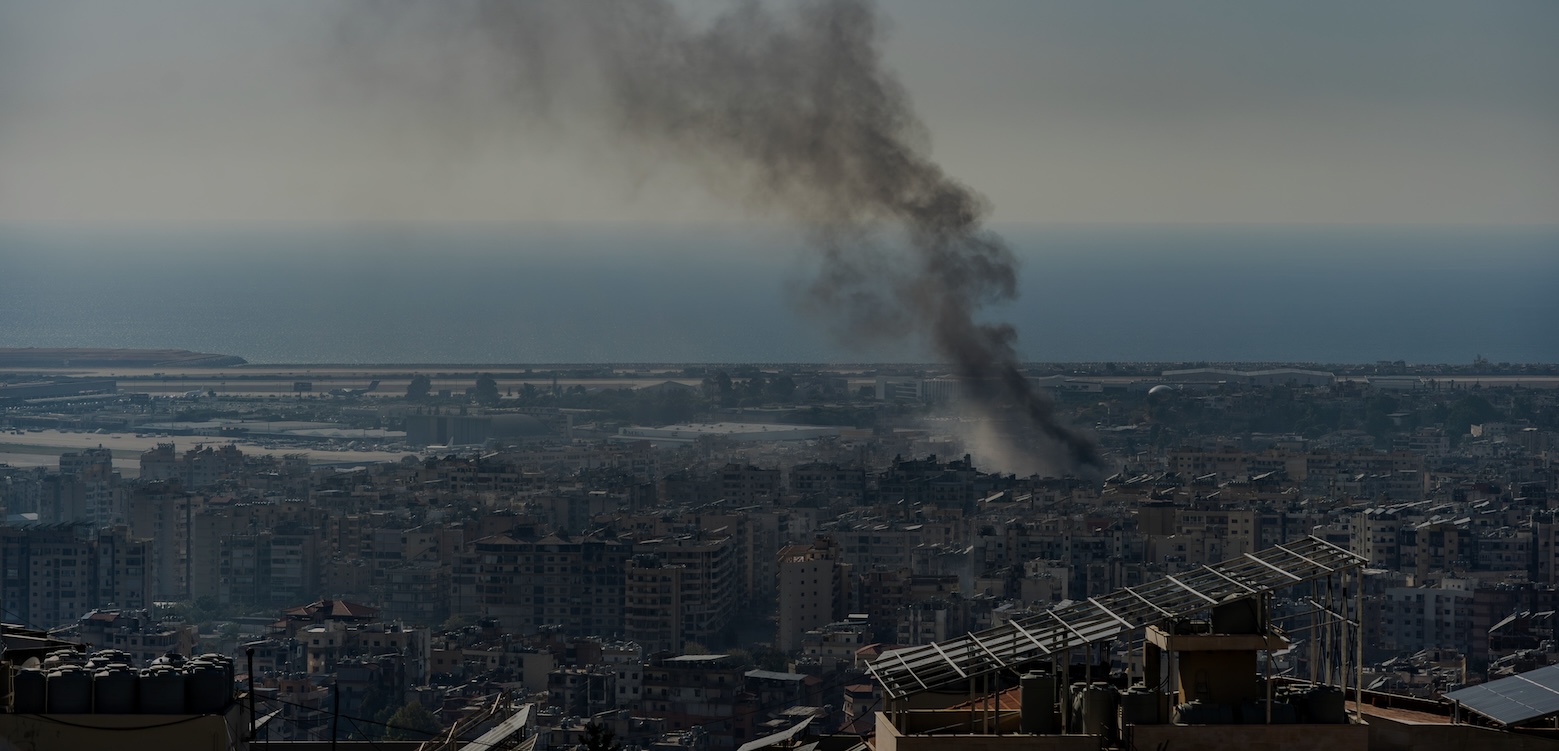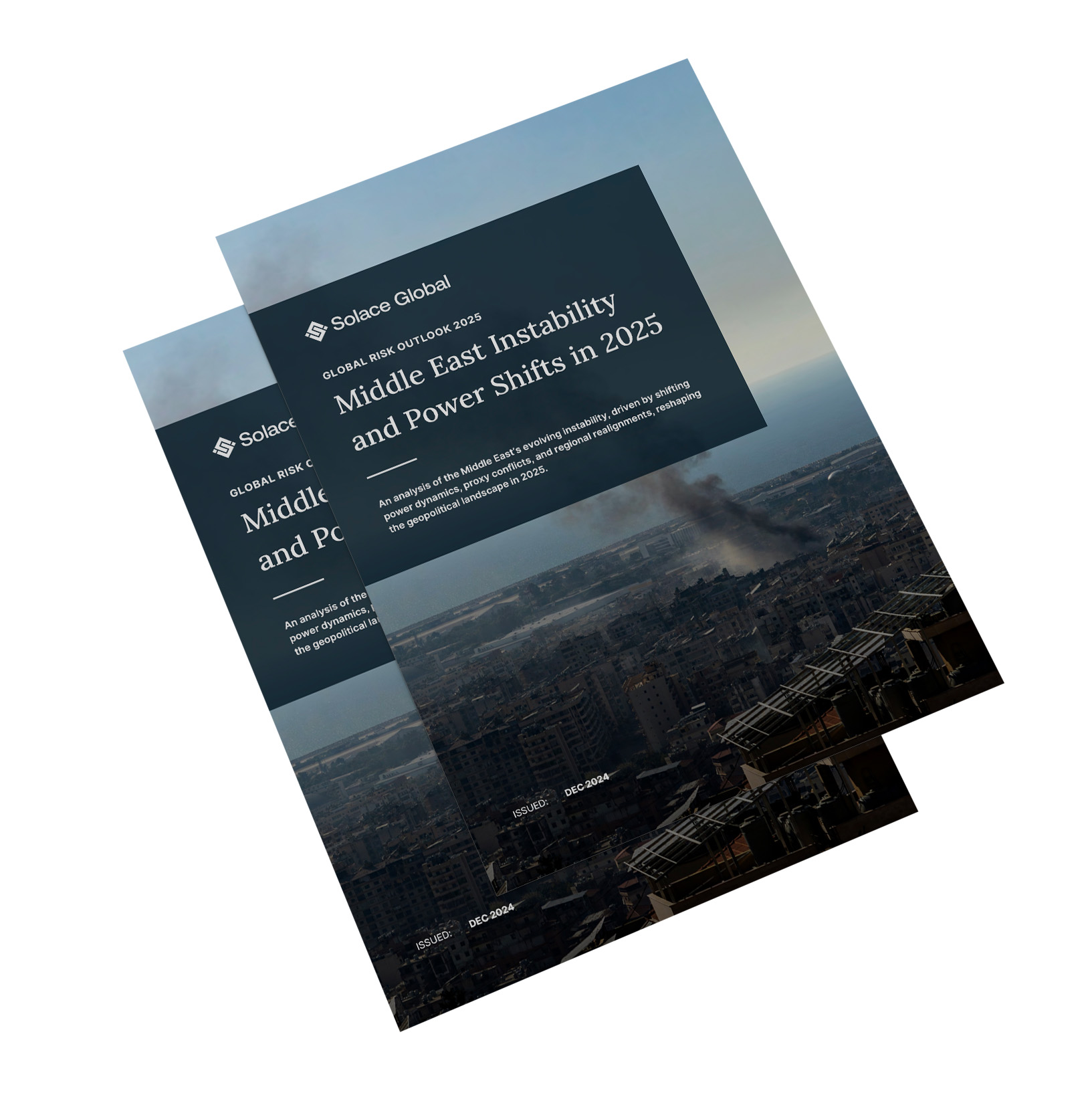Evacuations from High-Risk Locations Call +44 (0)1202 308810 or Contact Us →
Middle East Instability and Power Shifts in 2025

Key Power Shifts Shaping Middle East Security in 2025
The October 7, 2023, Hamas-led attack and Israel’s subsequent invasion of Gaza triggered seismic shifts in the region’s geopolitical landscape. Supported by the U.S., Israel has engaged in an extended conflict with Iran-backed groups, including Hamas, Hezbollah, and other factions within the so-called “Axis of Resistance.”
Key developments include intensified hostilities on the Israel-Lebanon border and the assassination of Hamas and Hezbollah leaders. The Israeli Defense Forces (IDF) have significantly weakened these groups, altering the security dynamics in the Middle East.
Could Trump’s Return to the White House Escalate Tensions?
Donald Trump’s second term will likely bring back the “maximum pressure” strategy towards Iran. He has indicated a hawkish stance by key appointments, which could deepen divisions and provoke new conflicts. As Iran grapples with internal instability, this renewed pressure may further strain its regional influence.
What Is the Future of Syria and Its Impact on the Middle East?
The fall of the Assad regime in late 2024 reshaped Syria’s geopolitical landscape, creating a vacuum of power and opportunity for militant groups. With Russia and Iran losing a critical ally, the balance of power in the region is shifting, bringing both risks and opportunities for neighboring states like Israel.
What’s inside:
- Regional Power Shifts: The fallout of the Hamas-Israel conflict and its implications for Iran, Hezbollah, and Syria.
- US Policy Impact: How Donald Trump’s second term could alter the geopolitical landscape.
- Syria’s Uncertain Future: The repercussions of Assad’s removal and the rise of new militant factions.
- Strategic Vulnerabilities: The risks of ongoing instability to global and regional security.
Download the Full Report
